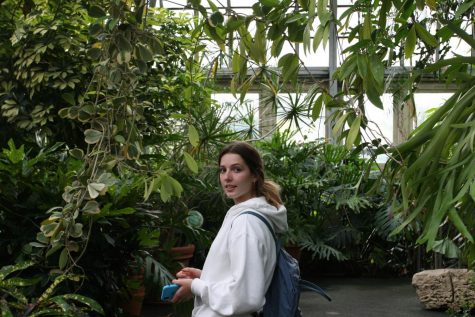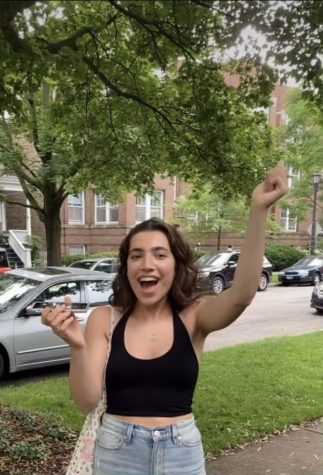Q&A with theater, visual arts teachers
November 16, 2020
Theater
Theater teacher Timothy Herbert has taken online learning and adapted it to his curriculum. Working with students online can be challenging, but the theatre department and Herbert have done their best to engage students and keep them learning. Last quarter was full of success for Herbert and the theatre department, with finding creative ways to keep students engaged. Students keeping their cameras on in theater has also brought a great deal of growth in the classroom and in community building. Herbert looks forward to continuing this growth into the coming semester.
How have classes been on Zoom this past quarter?
Knocking on wood, I think pretty well. I think that somebody who signs up for an acting class is somebody who wants to be seen. I’m working at an advantage. Unlike some of my friends who work in Visual Arts, you know, those are people that are maybe a little bit more introverted. And yet, it’s different from people that are teaching dance classes, and that kind of an art form because we can actually do it. We can actually look at each other and still play a theater game, still build characters and improvise together. So it’s also possible that it’s not necessarily possible in other courses.
What have you learned this quarter that you hope to implement or adapt in the future?
One thing I thought worked really well with my intro classes, was a TikTok project. The idea was there are these big, popular TikToks, where people are lip-synching. There’s a comedian named Sarah Cooper, and a whole bunch of people that make speeches of political figures, and they lipsync them with some ironic or comedic beat.
That was fun. It was a low stakes way to get people used to the technology that my students know how to use. Also, it got them to think about how performance is a part of their daily life. I’m going to use that even if we go back to school, if we are fortunate enough to go back to school in January, I would still keep that project, even though I designed it for Zoom.
What has been your biggest challenge this past quarter?
I miss is the moments in between, the moments when you’re getting to talk to students before class starts, right as people are going into group work. Those conversations, those connections.
You can’t make that happen over Zoom, and it’s painful to lose.
Fine Arts
The fine arts department has done its best with at-home education. Marla Seibold, an art teacher at ETHS, has had to find new ways for her students to do art in their houses. The first semester went smoothly with the help of all the art teachers and the safety departments, delivering materials to students and providing them as much assistance as possible. Seibold is pleased with the way last semester went and is excited to see what her students continue to do and create with the situation they have been presented with.
What are your thoughts on the first quarter?
Overall, I think the quarter went well. I think we learned a lot from last spring. The biggest thing for us was realizing that the way people are going to turn things in is through taking photographs of their work. So we worked on that. Our first assignment was photographing the work. Because of this circumstance, the school is continuing to reach out to try to get students to come. Behind the scenes, we’re sending emails, I’m calling home, I’m calling their parents, talking to their counselors, you know, that sort of thing. So, for whatever reason, there’s, you know, there’s a million reasons why students don’t attend.
How have you accommodated students with art supplies?
We wanted to make sure the students were able to do all the projects with what we gave them. We weren’t making any assumptions about scissors, rulers, glue, that kind of thing. We also changed a lot of our surfaces; usually, we’ll do a painting, and we’ll use a bristol board, but we got better quality sketchbooks, and then most of the work is just being done in the sketchbooks for the classes. For ceramics, we gave everybody clay and we just made sure that the projects were small, clay tools are expensive.
What have you learned this quarter, what accomplishments has the department made?
[I learned] that we were able to provide a little bit of a…I don’t want to say diversion in the day, but to provide something that’s more hands-on. We’re all working at the computer and sitting so long. [It’s great] to be able to have enforced hands-on activity in a creative outlet. If I can provide that, and give students the confidence that it’s not all about the computer and all that, then that would be a success.











